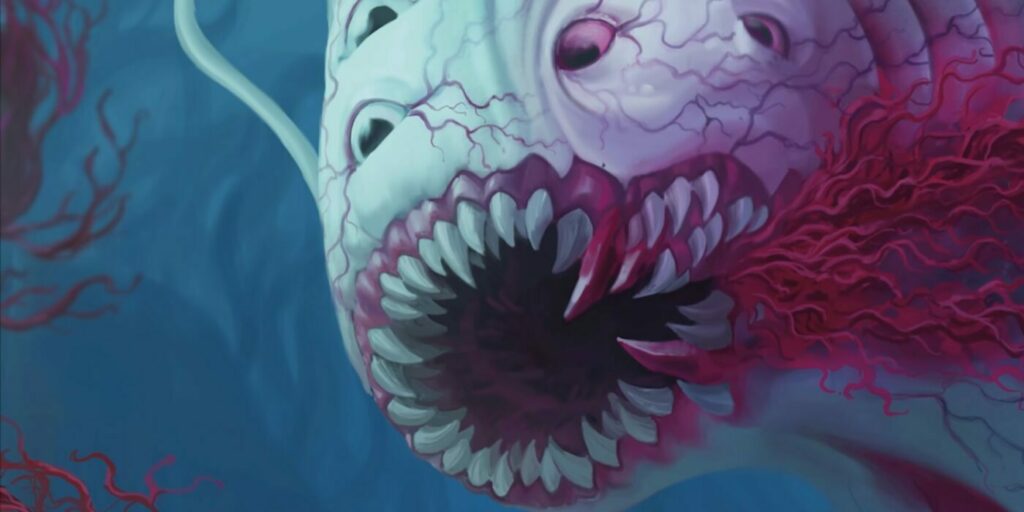D&D: Five Ways The World (Of D&D) Will Try To Kill You
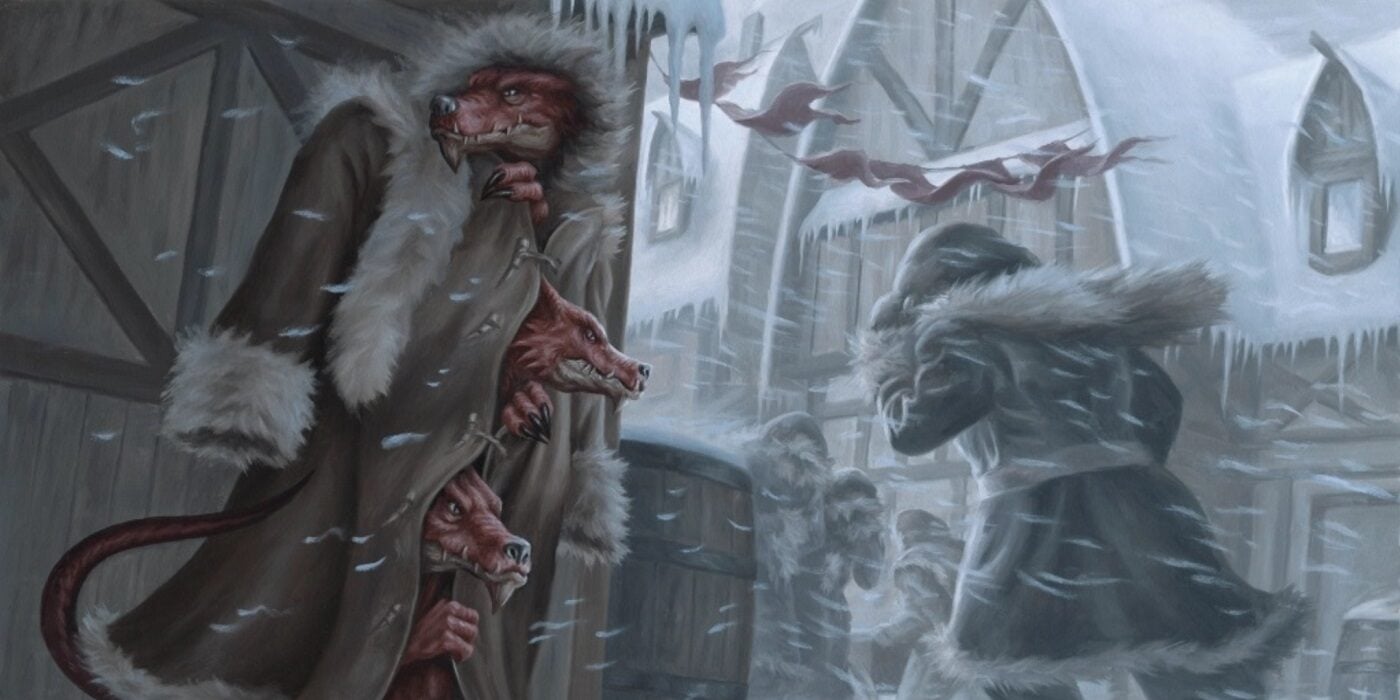
In D&D just like in real life, the world is out to get you. Yes you, specifically. Here’s five ways the world (of D&D) will try to kill you.
The world is a dangerous place. And the world of D&D doubly so. Because in many cases—and in many places—it is actively trying to kill you. Or at the very least, to make life very difficult for you (so that then something else can kill you). But that’s part of what makes the game fun.
D&D is a game about surviving difficult challenges. Abut overcoming obstacles and slayinng monsters who threaten your safety and existence all while routinely getting eight hours of sleep and being assumed to drink water at regular intervals. No wonder so many queer and/or neurodivergent folks love this game.
Here’s a look at some of the ways the D&D world is out to get you, with five hazards that range from the inconvenient to the outright deadly.
Thin Ice
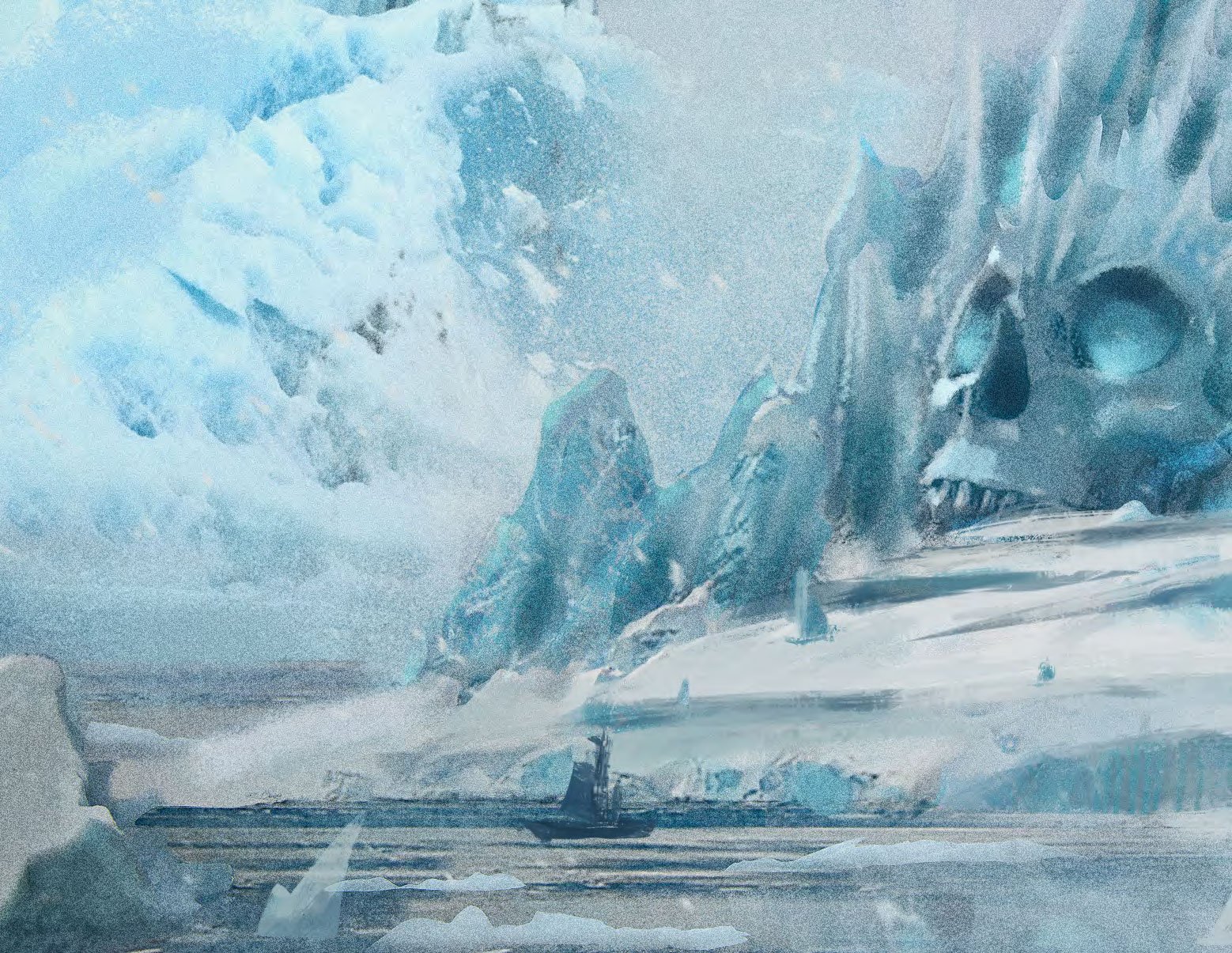
Thin ice isn’t just the thing you’re on with your boss because you’ve been “hoarding” office supplies (used two paper clips). It’s also a potentially deadly hazard in D&D. It’s also one of the few things in the game that cares how much stuff you’re carrying. Because thin ice, as a surface, only supports 3d10 x 10 pounds of weight in any given 10-foot area. It can vary from place to place. And if the weight amount on a square exceeds the limit?
The ice breaks. And any creatures on it immediately fall into whatever lies below. No saves. No second chances. Do not pass go, just plummet immediately into whatever else is waiting – most commonly Frigid Water.
Frigid Water
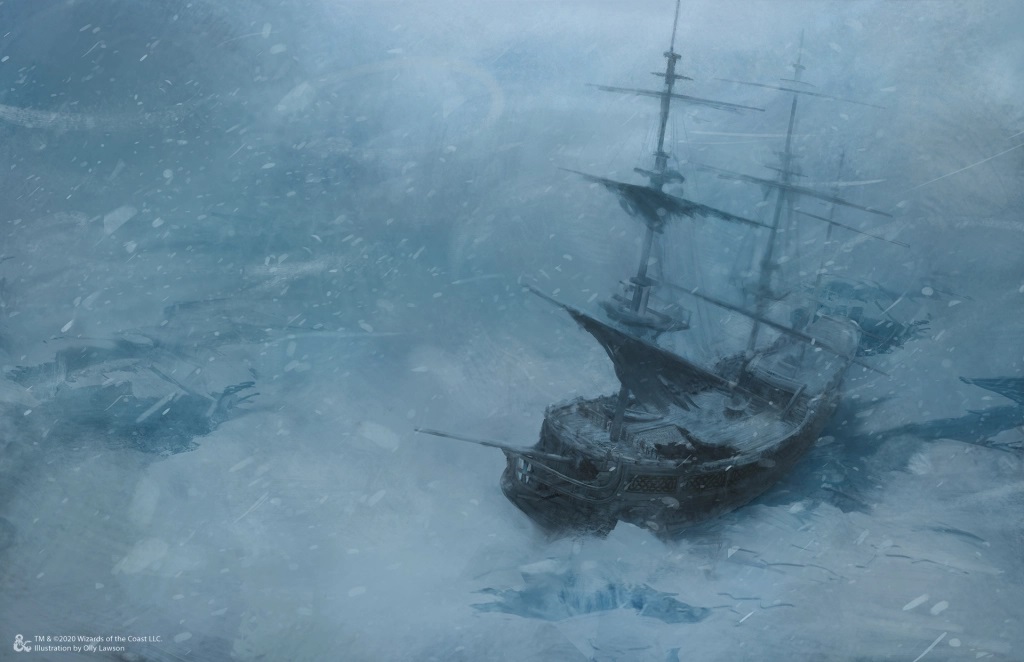
Frigid Water is dangerous for a few reasons. First, it’s water – and typically if you’ve fallen into it, it’s because you’ve broken through the ice – and getting back out of the ice is difficult. So breathing is going to be a problem.
But secondly, you can suffer from exposure. You know, the thing they pay entry-level creatives with. Turns out being immersed in frigid water for more than “your Constitution score in minutes” is basically the same as doing free labor; you have to makea DC 10 Constitution save or gain a level of Exhaustion. And you repeat the save every minute after the first. Hit 6 Exhaustion levels and you just die.
Quicksand Pit
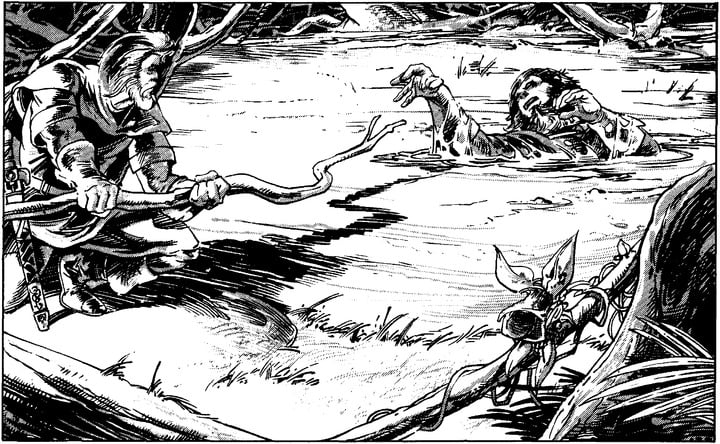
Quicksand – you might have been obssessively worried about it as a kid, but it turns out that in real life most of us don’t have to worry about it. Though I would bet a lot of you have a quicksand plan for real life (try to lean back as though you were floating on water and gently move your limbs back and forth to allow water to flow in, loosening the quicksand’s hold on you).
The real question is, does your D&D character have a quicksand plan? Because they’re much more likely to run into this potentially deadly hazard. The thing about quicksand in the D&D world is, it can be surprisingly deadly. When you first enter a quicksand pit, you immediately sink 1d4 + 1 feet and are Restrained. Then you sink another 1d4 feet at the start of your turn. Meaning before you have a chance to escape, you could be staring at a potential 9 feet of quicksand swallowing you up and suffocating you. Because you can only try to escape if you’re not completely submerged.
And don’t think you’re safe even if you’re tall, at higher levels, you can sink even faster (1d6, 1d8, or even 1d10 feet per round). Once you’re submerged, only someone outside the Quicksand Pit can save you.
Brown Mold

Brown Mold is a surprisingly deadly hazard to the unprepared. This is a heat-leeching mold that draws the warmth out of anything around it, including creatures full of delicious hot blood, dealing 4d10 points of cold damage to anyone who gets within 5 feet of it.
But the fun doesn’t stop there. Brown mold also instantly and violently expands and replicates if exposed to a source of heat/fire/fire damage. Any of that coming within 5 feet of it causes the mold to instantly expand to a new 10 foot patch, dealing its cold damage to anything now near or within it.
Brown mold can make even a humble torch or a mis-aimed fireball especially deadly.
Fireball Fungus
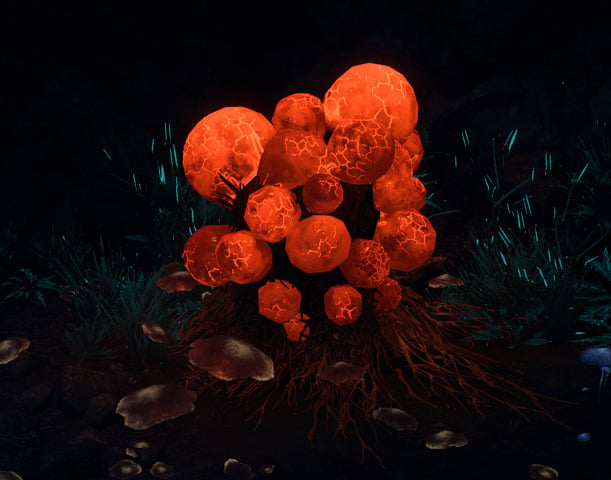
Especially when you take into account the existence of the Fireball Fungus. A fireball fungus is a small, orange-capped mushroom that can grow anywhere fungi are found. On it’s own, it’s harmless. They glow brightly for 15 feet and dimly another 15 feet beyond that.
But if the fireball fungus should lose all of its 6 hit points, it immediately explodes, as though the Fireball spell had been cast on an area centered around the fungus. That is a full 8d6 points of fire damage, save for half, to anyone caught in the blast. Crucially, this includes any other fireball fungi that happen to be within fireball range. Combo that with some patches of brown mold, and you’ve got a veritable killing field, waiting to happen.
Happy adventuring!





